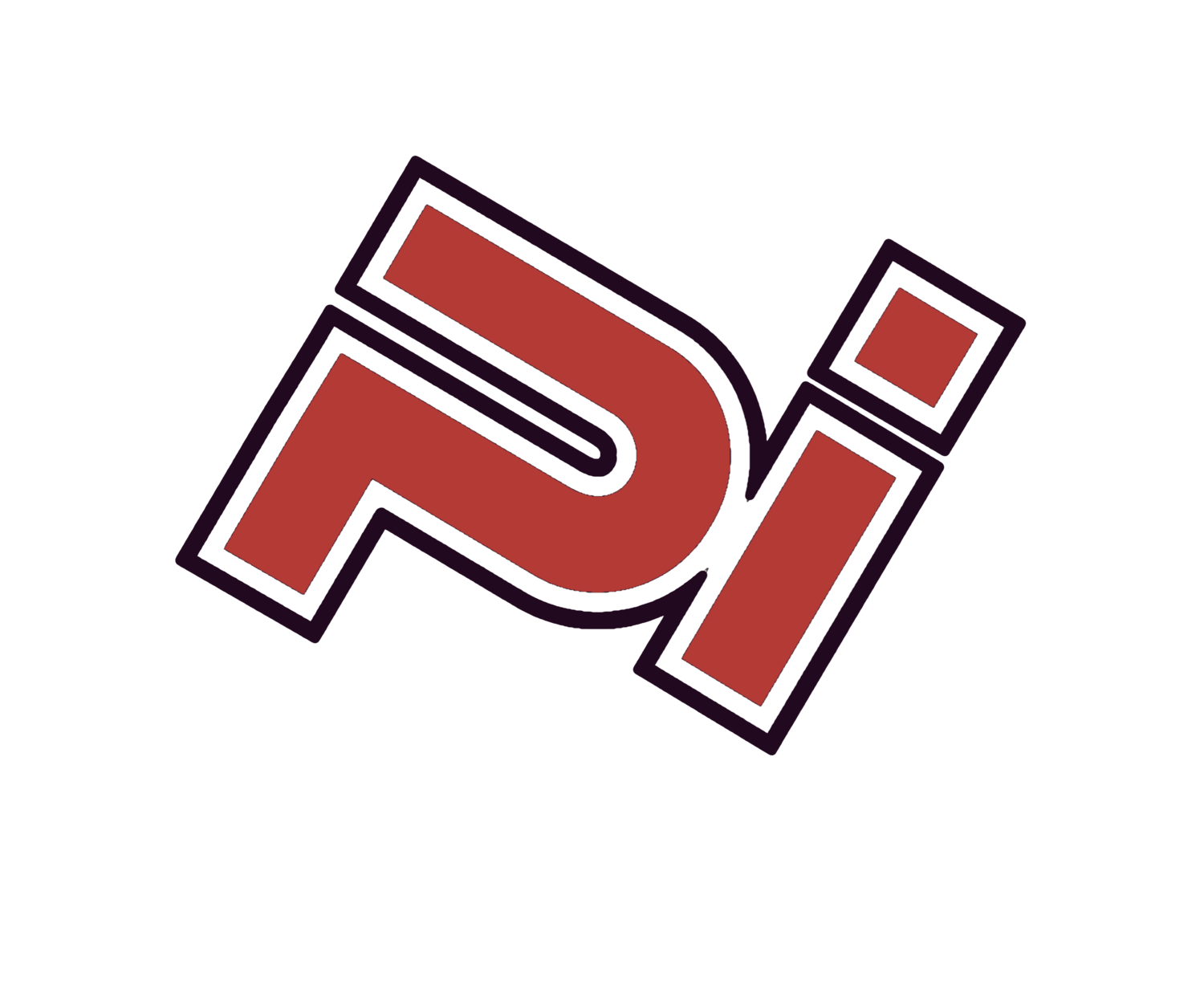Ideal Warmup
Key to limiting or managing injury and concepts that we’ll be exploring over the month of April are #1, understanding why you should be more concerned with mobility rather than just flexibility (and understanding the differences between those). And #2 understanding why EVERYONE should incorporate Pre-hab exercises into your workouts as part of your warm-up, or as fillers (recovery in between harder exercises), or as part of your cool-down so you aren’t forced to only having Re-hab exercises in your workout routine once the inevitable injury occurs!
One of the things that sets Performance Institute apart from many other training studios is what our warm-ups look like. Our warm-ups are an important part of developing the foundation of a client’s mobility.
As defined by Kelly Starett, Well known physical therapist, coach and Best Selling Author of Supple Leopard, mobility is the ability to move into normative end range positions and actively engage the surrounding muscles to stabilize and generate force throughout a desired motion(s).
In contrast, flexibility refers to how far a joint can move, but doesn’t take into account the stability or strength of that joint when pushed into its end range. Flexibility without mobility can often lead to injury or best case scenario, equates to not being as strong or stable as you potentially could.
Here’s what a Mobility enhancing warm-up looks like at Performance Institute:
3-5 min Self Active Myofascial Release Using foam rollers, softballs, or lax balls
2-3 min dynamic stretching
2-3 min activations
Self Active Myofascial Release
Self Active Myofascial Release using foam rollers and the like, improves blood flow to the muscles, and fascia that surrounds the muscle increases the Range of Motion of the joint you are focusing on. Self-Myofascial release also has a positive effect on releasing trigger points in the muscle that may cause pain or limit joint range of muscle.
Following your foam rolling active release, clients go through 4-6 dynamic stretches. Some of our favourites include couch stretch for quads, superfrog for the groin, Child’s pose thoracic rotation for the upper body and spine, and prone single leg calf stretch for the calves and hamstrings.
Finally, now that you’ve created increased range of motion through movement, we activate the stabilizing muscles that surround the joints with a few “activations”.
When you include activation drills, your body will be primed and be able to move better and create more power.
GLUTES: add in one or 2 legged bridges, clam shells
CORE: try adding in front and side planks, stir the pots and bird dogs
UPPER BACK: try adding in pull-a-parts, external shoulder rotations, Y’s, T’s, W’s, L’s
Looking for more ways to get the most out of your training? Performance Institute specializes in building and adapting training plans to help prevent injury, and rebuild bodies that perform. Learn more at www.pitraining.ca or contact us at 604.291.9941 or info@pitrainig.ca


